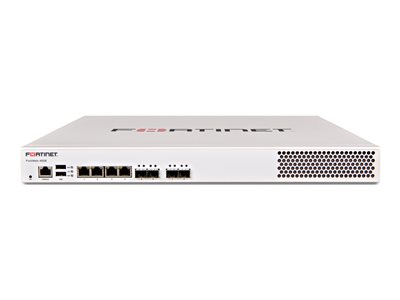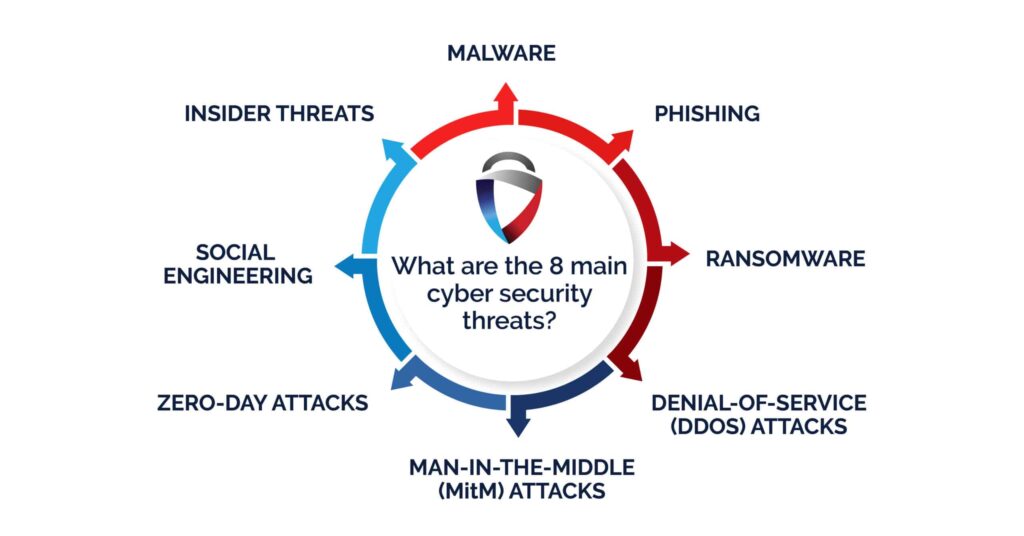Fortinet has released security updates to fix a newly discovered zero-day vulnerability in FortiWeb appliances. The flaw, tracked as CVE‑2025‑58034, allows authenticated attackers to execute unauthorized code via crafted HTTP requests or command-line instructions.
Security researchers report that this vulnerability is already being exploited in the wild with around 2 000 detected incidents so far.
What the Vulnerability Entails
- The vulnerability is classified as OS command injection (CWE-78).
- Attackers need to be authenticated but the complexity of the attack is low and user interaction is not required.
- Affected versions include multiple branches of FortiWeb:
- Version 8.0.0 through 8.0.1
- Version 7.6.0 through 7.6.5
- Version 7.4.0 through 7.4.10
- Version 7.2.0 through 7.2.11
- Version 7.0.0 through 7.0.11
- Fortinet has advised upgrading to:
- 8.0.2 or above for 8.0 branch
- 7.6.6 or above for 7.6 branch
- 7.4.11 or above for 7.4 branch
- 7.2.12 or above for 7.2 branch
- 7.0.12 or above for 7.0 branch

Why This Is Critical
- Because a web application firewall like FortiWeb is part of the frontline infrastructure for many organisations, exploiting this vulnerability gives attackers significant leverage.
- The fact that it is already actively exploited elevates the urgency.
- Historically, Fortinet vulnerabilities in similar devices have been leveraged for espionage and ransomware attacks.
Recommended Actions for Organisations
- Immediate patching: Ensure FortiWeb devices are upgraded to the fixed versions as soon as possible.
- Restrict access: If you cannot patch immediately, restrict management interface access (HTTP/HTTPS) on internet-facing devices to trusted networks only.
- Audit logs: Review logs and configuration history for signs of unauthorised admin account creation, unexpected commands or suspicious HTTP requests.
- Segment exposure: Ensure management traffic for security appliances is isolated and access is restricted by role, region or network zone.
- Monitor threat intelligence: Keep an eye on new indicators of compromise linked to this vulnerability; adaptation of the exploit can be expected.

Context & Additional Considerations
This is the second major zero-day in FortiWeb within a short timeframe. Prior to this, Fortinet silently patched another vulnerability (CVE‑2025‑64446) which also affected FortiWeb and was being exploited.
For organizations with mature cybersecurity operations, this incident serves as a reminder that even security appliances themselves must be treated as critical assets requiring tight change control and monitoring.
Final Thoughts
The discovery of CVE-2025-58034 and its active exploitation underscores that defenders cannot afford to treat infrastructure appliances as low risk. Devices that guard network traffic are attractive targets and once compromised they can provide deep access into an organization. Immediate patching, access restriction and diligent logging are the required countermeasures.




